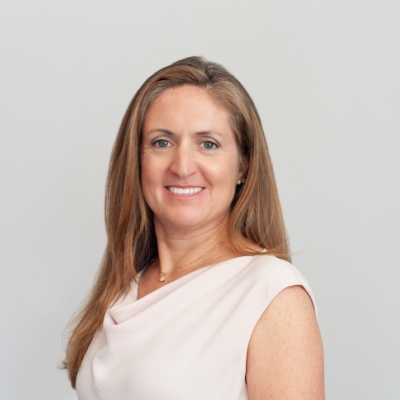The introduction to the Common Core English language arts standards includes a page that articulates “what is not covered by the standards.” The first bullet notes that,
…while the Standards make references to some particular forms of content, including mythology, foundational U.S. documents, and Shakespeare, they do not—indeed, cannot—enumerate all or even most of the content that students should learn. The Standards must therefore be complemented by a well-developed, content-rich curriculum consistent with the expectations laid out in this document. [emphasis added]
 Proponents of content-driven curricula would do well to keep the champagne on ice. Photo by James Cridland. |
An article penned by Sol Stern in the latest edition of the City Journal argues that this call for a content-based curriculum is perhaps the most important element of the standards and that is has led to at least one “undeniably positive development” in American education: “States are now having a serious discussion about the specific subject matter than must be taught in the classroom. And that’s a discussion that hasn’t happened in American schools for almost half a century.”
Yet, proponents of content-driven curricula would do well to keep the champagne on ice because, while the standards hint at this important restoration, they alone can’t deliver on it. Instead, it will be up to state and district leaders and teachers to wade through the morass of new and updated curriculum materials and select those that put the focus squarely on content over process.
Perhaps the best example of a content-based curriculum is E.D. Hirsch’s K-8 Core Knowledge program. According to Stern, while Hirsch has been seen in the past as “the odd man out in the school-reform movement,” now that nearly every state has adopted the Common Core, “Hirsch’s Core Knowledge curriculum has suddenly become highly relevant to the national education debate.” In fact, “school leaders from several states are now knocking on Hirsch’s door, looking for help in implementing the standards.”
If results from a three-year pilot study in New York City are any indication, shifting from typically process- and skills-driven reading programs to Core Knowledge’s rich, content-based curriculum would do wonders for student achievement. In New York, the pilot study compared reading achievement at twenty “demographically similar” schools—ten that implemented Core Knowledge and ten that continued to implement Lucy Calkins’s readers and writers workshop, a balanced literacy program that has been in place across Gotham schools since 2003.
The results, according to Stern’s article, were striking. After the first year, “students in the schools using the Hirsch curriculum had made gains in reading five times greater than those in the comparison schools.” And after the third year, the New York Times reported:
Children in New York City who learned to read using an experimental curriculum that emphasized nonfiction texts outperformed those at other schools that used methods that have been encouraged since the Bloomberg administration’s early days.
Former NYC schools Chancellor Joel Klein, who left his post before the final results from the pilot came in, called the findings “enormously encouraging,” and hinted that they could have national implications for Common Core implementation. According to Klein, now that forty-five states have adopted the Common Core, Core Knowledge should “get the widespread adoption and attention it so richly deserves.” After all, like Core Knowledge, “Common Core focuses much more on understanding complex texts and dramatically increases the amount of non-fiction that students will be required to read.”
Not everyone has been convinced that teaching content is the best way to teach reading.
While the alignment between Core Knowledge and the Common Core is clear to many, it is certainly not alone in claiming alignment to the new standards. In fact, beginning almost immediately after the final standards were released, publishers have been rushing to align—or claim alignment—between their materials and the CCSS. Even Lucy Calkins—the creator of the virtually contentless readers and writers workshop program that has been in place in NYC schools since 2003, and whose student achievement results paled in comparison to Core Knowledge in the three-year NYC pilot—has issued guidance to educators suggesting that the best way for teachers to align their instruction to the Common Core is to “implement a spiraled, cross-curricular, K-12 writing workshop curriculum.”
While perhaps unsurprising, such guidance is questionable given the critical link between content knowledge and reading comprehension, and given the push in the standards towards content-driven instruction.
The challenge, however, is that not everyone has been convinced that teaching content is the best way to teach reading. And only time will tell if the few critical but passing phrases that link the Common Core ELA standards to a content-rich curriculum will be enough to drive instructional changes our students so desperately need.
